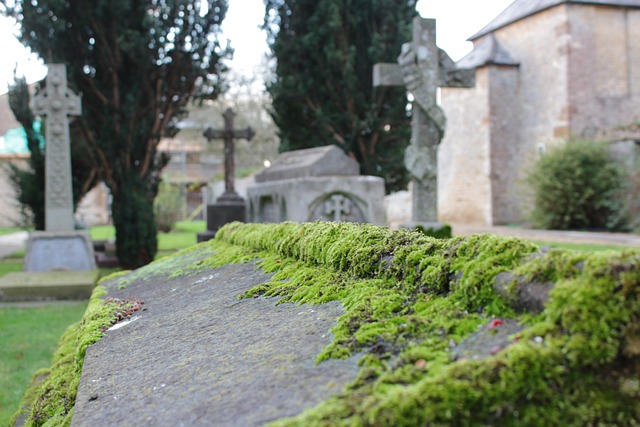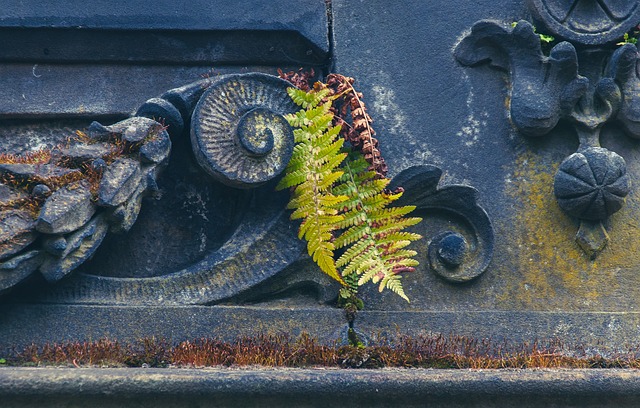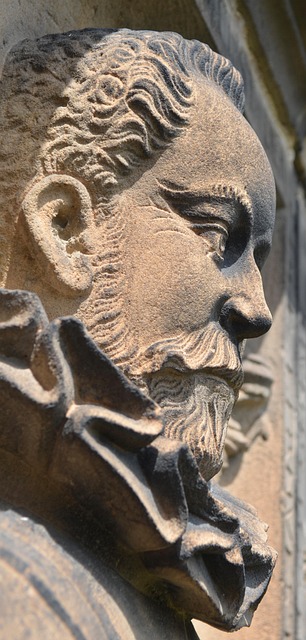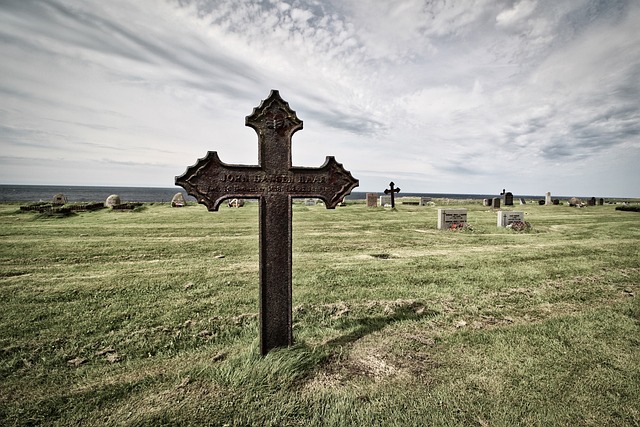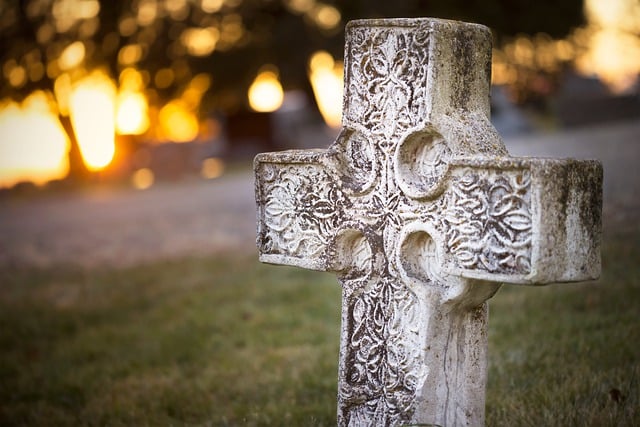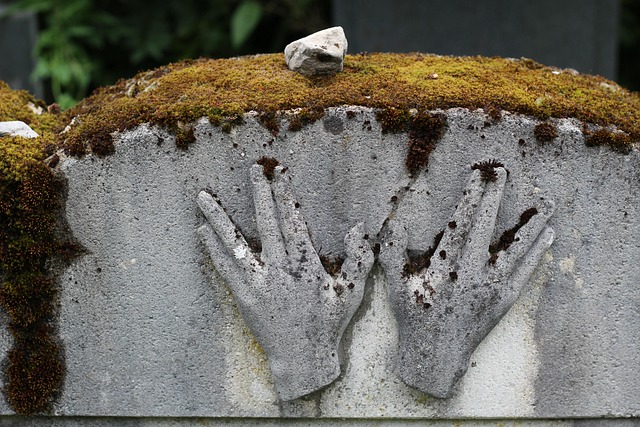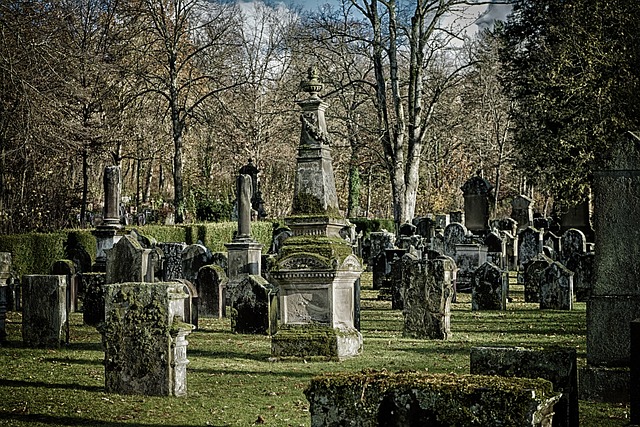The 1880s era in real estate offers a unique blend of historical charm and architectural style, attracting both locals and tourists with its Victorian aesthetics. Developers recognize the potential of incorporating these historic elements into modern projects, enhancing property values and fostering community. By restoring and revitalizing spaces like saloons and shops from this period, using sustainable practices and period-appropriate materials, real estate market appeal is boosted while preserving architectural heritage for future generations.
Step back in time and discover the enchanting allure of 1880s saloons and shops through this exploration of historic real estate. From the moment you enter, transport yourself to a bygone era where Victorian opulence meets nostalgia. This article delves into the historical appeal of these vintage spaces, their distinctive architectural features, and offers a developer’s guide to revitalizing them for modern times. Explore how capturing the essence of this era can enhance real estate experiences.
The Historical Appeal of 1880s Saloons and Shops in Real Estate
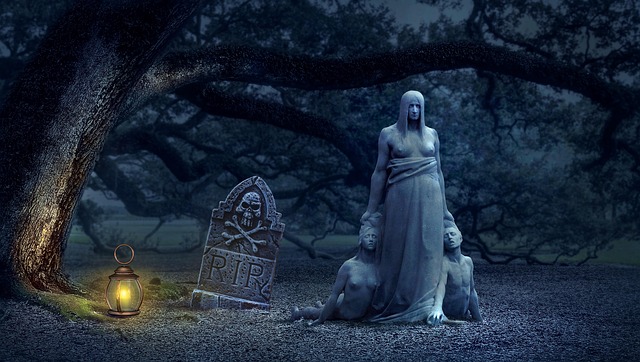
The allure of the 1880s era in real estate is undeniable, with its historic charm and distinctive architectural styles captivating both locals and tourists alike. Saloons and shops from this period often become focal points in urban landscapes, drawing people in with their nostalgic appeal. These establishments, with their Victorian aesthetics, ornate ceilings, and cast-iron balconies, offer a glimpse into the past when horse-drawn carriages were common and town squares buzzed with lively conversations.
Incorporating the essence of 1880s saloons and shops into real estate developments can be a powerful strategy. Investors and developers recognize the potential of restoring these historic spaces, transforming them into modern yet nostalgic destinations. The unique character of these buildings adds value to surrounding properties, fostering a sense of community and drawing in diverse audiences. This historical revival not only enhances the local real estate market but also contributes to the preservation of architectural heritage.
Architectural Features that Bring the Era to Life

The architectural features of saloons and shops from the 1880s era are a fascinating window into history, captivating both locals and visitors alike in modern times. To truly bring this period to life, real estate developers often incorporate specific design elements that echo the past. High ceilings, adorned with intricate stained glass, immediately transport you to a time when elegance and opulence were the norm. The use of polished woods, like oak and mahogany, adds warmth and a sense of nostalgia, evoking the feel of old-world charm.
Exterior facades often feature Victorian-inspired details, such as ornate brackets supporting overhangs, decorative shingles, and colorful, patterned siding. These elements not only enhance the visual appeal but also contribute to the overall authenticity of the space. Additionally, careful attention to detail in the interior layout, including decorative hardware on doors and windows, intricate moldings, and period-appropriate lighting fixtures, further immerses visitors in a bygone era.
Revitalizing Historic Spaces: A Guide for Modern Developers
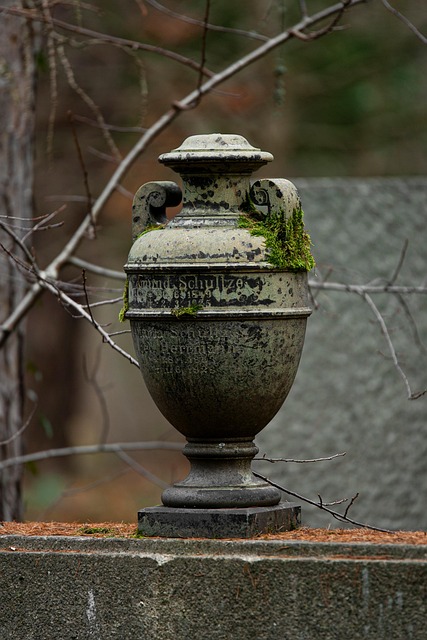
Revitalizing historic spaces, such as saloons and shops from the 1880s era, offers a unique opportunity for modern developers. These structures not only hold cultural value but also possess character and charm that can be seamlessly integrated into contemporary design. By preserving historical elements, developers can create spaces that blend the past with the present, appealing to both locals and tourists alike. This approach can significantly enhance a property’s market appeal in the real estate sector, as buyers and renters increasingly seek authentic and distinctive experiences.
To achieve successful revitalization, developers should collaborate closely with historians and conservation experts. Careful restoration techniques, such as using period-appropriate materials and recreating original architectural details, are essential. Balancing historical accuracy with modern functionality ensures that these spaces remain relevant while preserving their heritage. Additionally, incorporating sustainable practices can further elevate the project, making it attractive to environmentally conscious individuals and securing long-term viability in a competitive real estate market.
